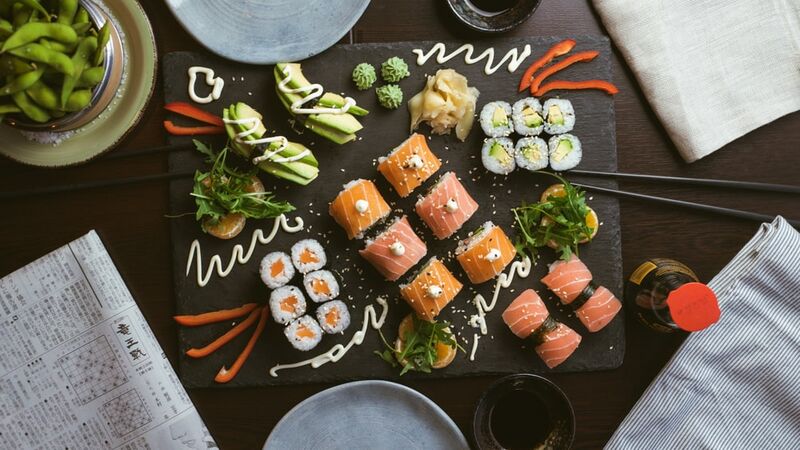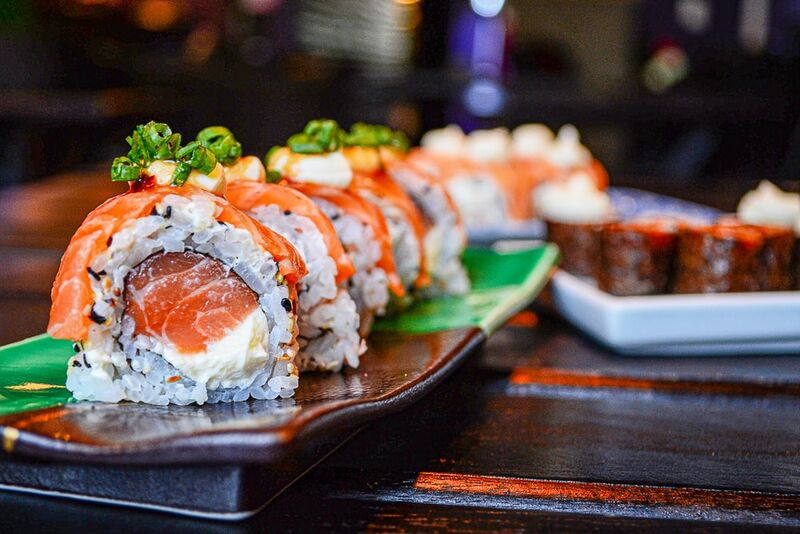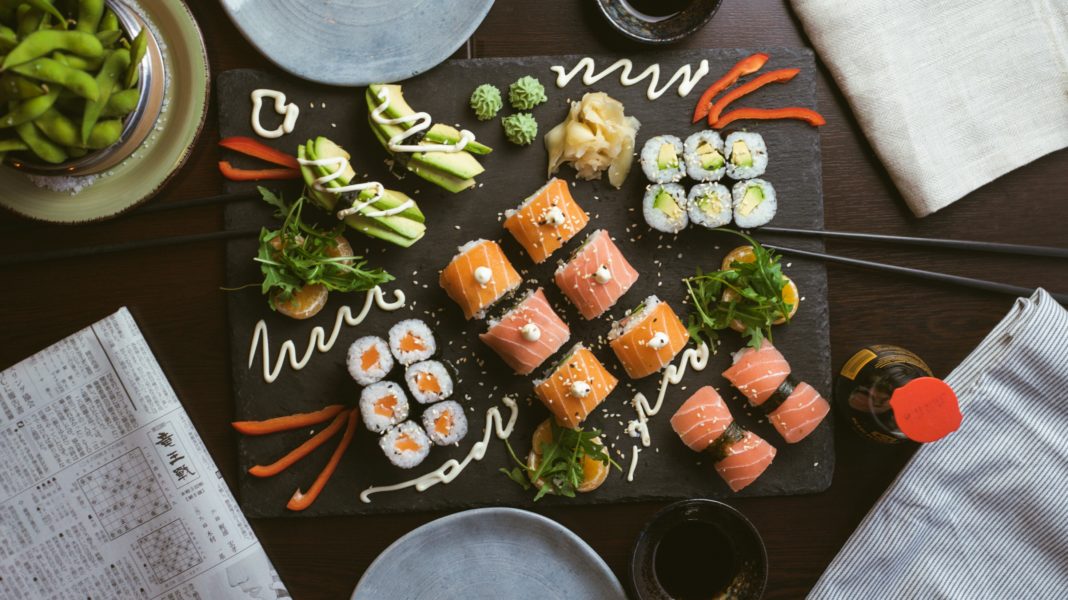Sushi is a culinary experience par excellence for visitors to Japan, there with Ramen and Udon. The most traditional way to enjoy sushi is a set omakase menu where the chef selects the snacks of the day. But for some travelers, trying out a menu can be intimidating due to language and cultural barriers. This is where the Sushi University comes from.
“I would think people from other countries sushi cut just like the fish and put it over rice vinegar to understand that this is not so easy. Sushi is delicious, even if you do not know it, but I wanted to know why it was so delicious, so I started Sushi University, which tells a lot about sushi and history, etiquette and Japanese culture.” said founder Tetsuya Hanada, CNN Travel.
Part of the Tabimori Travel Services Group, which also offers translation applications, route planner, and a local food guide.
Each “Class” takes place in a sushi restaurant, where a chef begins the evening with an introduction to the history of the restaurant, sushi philosophy, menus and personal techniques. The travelers watch as the chef creates an omakase tasting menu. On the way, the students get to know the fish species and the label and have the opportunity to talk to the leader with the help of a translator.
“A common mistake is to remove the shari (vinegar rice) and eat separately.” As a sushi preparation, the chef keeps the rest of the cover, shari, wasabi and soy sauce, and it should be eaten in a bite,” says Hanada.
Hanada says that in order to enjoy sushi, you have to start with the basics. Sushi is simply a general category that contains several variations. The most famous in the world is probably nori maki, or sushi and vegetables rolled in rice and algae. This includes their ubiquitous California and tuna rolls. Then there is nigiri (sliced fish on rice), sashimi (sliced raw fish), sushi chirashi (rice husk with powdered ingredient above), oshizushi (sushi pressed layers) and inarizushi (sushi wrapped in roasted tofu).
While Sushi traveled the world, they were not always so accessible.
Growing up in the prefecture of Ibaraki, northeast of Tokyo, Hanada says that this Japanese dish has remained par excellence for special occasions.

“As far as I know, it was not for ordinary people, it was something that only politicians and actors or people from other specialized professions ate. In general, the Edo style is still reserved for upscale restaurants and can easily exceeds 10,000 yen ($ 100) per person,” says Hanada.
At Sushi University, Hanada focuses on Edo-style sushi (Tokyo style) because it’s located in the capital and is falsely complicated to master. The term means certain things, literally “in front of” Tokyo Bay, and refers to a tedious sushi style. It is believed to have originated in the 1800s; the Edo-style sushi generally revolves around Nigiri with about 80 types of seafood. But it is not enough to cut raw fish and put them on rice.
In addition to the basics, the chef has also marinated and aged the fish by keeping it in a cold room with ice. Not only was it a practical solution to extend shelf life in the days before the fridge, it also improved the taste of the fish.
But even if you can distinguish your Nigiri from your Maki, not all sushi pieces are the same. The great sushi depends on certain factors and freshness is not necessarily one.

What influences the quality of sushi besides the weather? Type and thickness of the fish, cooking technique, season and associated covers.
“Depending on the thickness of the fish and the angle of the knife, the texture of the fish is different; it may even have a softer taste than other cuts. Most people ignore the details and daily adjustment that applies to these dishes, “says Hanada.
The advanced course takes place in an exclusive restaurant and the advanced course takes students to the counter of a valued chef. The 75 to 90-minute sessions are currently available in English, Chinese, French, and Spanish. In addition, Hanada plans to release more languages before the 2020 Olympics.
After attending a course, travelers can browse sushi’s video dictionary, which is filled with practical pictures, general information, and pronunciations.

